Primitive at best, the Smith River Montana meanders 59-miles through forested mountains, towering limestone canyon walls and green rolling hills from the put-in at Camp Baker to the take-out at Eden Bridge. If you are one of the lucky ones who scored a permit for this 5-day adventure, I hope you have a spectacular journey that leaves you wanting to come back for more. This blog post was created with one purpose in mind: to help people have an unforgettable experience on the Smith River. In this final installment of my series for self-guided floating the Smith River, I will cover campsite selection, things to do, food tips and a few words of advice from my multi-day float adventures with my kids.
As soon as the permit results are posted the fly shop I work for, CrossCurrents, is flooded with questions of all kinds about floating the Smith River. Although I’ve only been down this river once, Chris Strainer, owner of CrossCurrents, has floated the Smith multiple times per year since 1999 and is a licensed Guide for one of the eight approved Smith River Outfitters. CrossCurrents Fly Shop is your Smith River expert. From ‘what do I float in?,’ ‘what should I bring?,’ ‘what camps should I choose?,’ ‘what flies do I use?,’ to ‘should I bring my kids?’ – we can help make it a trip you want to remember.
Be Early. No more than 9 float parties can launch each day at Camp Baker. Since campsite designation is based on a first-come, first-served basis most floaters prefer to arrive at Camp Baker the day before their launch to “get in line” for registration. The earliest you are allowed to sign-in for registration is 7:30am on the day prior to your launch. If you’re coming from out of the area and need to pick-up rental gear, it’s best to deploy in teams: the rental pickup team and the registration team.
Only one member of your group, and it does not have to be the permit holder, is required to sign-in at Camp Baker. This person must stay over night at Camp Baker to better secure your place in line for launching the next day.
Registration is completed the day of your launch based on your “sign-in order”; it typically takes 20 minutes long and includes paying your floater fees, boat camp site selection as well as a safety and orientation talk. Please note that the ranger at Camp Baker may not always follow the order of the sign-in list for a variety of reasons but they do try to make it as fair as possible. Floater fees must be paid DURING registration via cash or check only as follows:
- under 6 years old (resident/non-resident) is FREE
- 6-12 years old (resident/non-resident) is $15 each
- 13 years and older (resident) is $25 each
- 13 years and older (non-resident) is $60 each
During registration, your group will receive an official form documenting declared boat camps, boat tags, a Smith River Map and a floaters’ log. Keep your registration form somewhere safe in the event you may need to refer to it, especially if there are any Boat Camp selection disputes.
I suggest marking your Smith River Maps with your Boat Camp selections and keep this map easily accessible for reference. Make sure whom ever is “lead boat” is well aware of the Boat Camp selection. If you have kayakers or canoeists make sure they know the Boat Camp locations as they typically float faster than rafts. Depending on water flow, weather and one’s ability to pay attention, it is easy to float past your selected camp. I know of some kayakers who got ahead of their group, floated past their selected Boat Camp and ended up rowing to the take-out! Thankfully it was their last night.
Best Campsites. Remember no campsite is terrible on the Smith! Some just work better than others based on group size and group dynamics. Depending on what type of adventure you are wanting to experience (angling focused, family float, or pure recreational) can also help decide the best campsites for your journey. When selecting your camps, you should consider your group size, the river’s flow and the weather too. Boat camps determine the trip itinerary! I suggest purchasing the Smith River State Park Map by River Rat Maps prior to your trip for pre-trip planning. This map includes GPS Coordinates for campsites and good descriptions of each camp. Note: The map’s last print date was in 2016 and there have been some changes. Please check with Montana Fish, Wildlife and Parks if you have any questions.
CrossCurrents is often ask, “What are the best campsites?” I will give you a list of favorite campsites, but like I said earlier, all the campsites along the Smith are good. I suggest during your pre-trip planning to make more than one itinerary with backup campsite choices so you’re better prepared when you can’t get your first, second, third, etc. choice of site.
Night 1- Rock Garden 6.8mi (Good); Scotty Allen-Upper and Lower 12mi (Better); Rock Creek-a single site 8.9mi (Best). Another good choice is Syringa at 15.2mi, but makes for a long first day; get an early start if you select this camp. With a trifling waterfall for background noise, Indian Springs at 6mi is another good choice especially if you end up getting a late launch.
Night 2- Two Creek 17.8mi (Good); Cow Coulee-Upper and Middle 22.8mi (Better); Sunset Cliff 24.6mi (Best). Again depending on your desired floating style, Two Creek at 17.8mi (the camp with the “Loo with a View”), Sheep Wagon at 18.4mi and County Line at 25.5mi are single camps that provide your group more privacy. If you can pull a long day, Bear Gulch 29mi is a mile below the Heaven on Earth Ranch.
Night 3- Upper Parker Flats 37.5mi and Parker Flats 37.9 (Good); Crow’s Foot 32mi (Better); Fraunhoffer-Upper and Lower 35.4mi (Best). The rock formation across the river gives Table Rock it’s name and it’s at mile 33.5 and is another good choice; upper and middle are very close together, and lower is a small site. Depending on where you start from and how long you’d like to float, Paradise Bend is a single camp that offers privacy and views; it too has a “Loo with a View.” Deep Creek at 38.7mi is located on a conservation easement donated by a private landowner; no pit latrine provided, so all human waste must be packed-out utilizing an approved human waste pack-out system.
Night 4- Rattlesnake Bend 47.4mi (Good); Givens Gulch-Lower 47.2mi (Better); Ridge Top-Middle and Lower 45mi (Best). A private single camp with open grassy tents sites, Staigmiller at 44mi, has a gentle slope and would be great site for groups with kids. A campsite that is often easily missed, Merganser Bend at 44.5mi, is a small camp that offers a lot of privacy among the willows. With sites close together and steep trails up to the camp bench, Black Butte at 44.8mi, is not one I would choose if I had a large group or young children. Remember, Rattlesnake-Upper and Lower are the LAST Boat Camps within the permitted section of the Smith River Corridor.
Although you can do the Smith River in three extremely long days, most choose the more relaxing 5-day option. This allows for a more tranquil atmosphere for leisurely pursuits such as angling, hiking or arriving in camp for cocktail hour. Some people would like a longer adventure, but during May 15th-July 15th, floaters are limited to a maximum of 4-night stay. Like I mentioned earlier, I suggest purchasing a Smith River Map by River Rat Maps to review the descriptions of each campsite and to become familiar with their locations to help you better plan your site selections.
Wet a Line. Meandering through open meadows, forested hills and towering limestone rock walls, the flows of the Smith River vary from slow to moderate depending on the water level. Touted as some of Montana’s best, all fishing on the Smith is catch-and-release. Beautiful Browns and spunky Rainbows infest these waters that also includes a few native Cutthroat and non-native Brook Trout. Don’t forget about the native Mountain Whitefish. Although it’s mostly ignored, Whitefish can be rewarding with their admirable fight.
Unlike other Montana rivers, the Smith does not require matching the hatch or the perfect presentation. Although there are good caddis and mayfly hatches, this is a BIG fly river! We enjoy fishing stoneflies and large attractor patterns like PMX’s, Stimulators, Hoppers and Chubby Chernobles. Large streamers like Bead-head Wooly Buggers and Flash-Fry Zonkers can pull in some big Browns and Rainbows from deep pools and undercut banks or when the water turns color. San Juan Worms–never go on the Smith without them! This bug can be a trip saver when the river swells and gets muddy from rain or run-off. With a little scrolling around on our Smith River page, you’ll find a nice list of our favorite flies to use on the Smith. A great way to ensure you’ve got exactly what you need is let the fly geeks at CrossCurrents Fly Shop pick the selection for you (it’s why we are called a “Fly Shop!” You can easily do this online by ordering a custom, Smith River Fly Assortment -make sure you write in your launch date and we will put together the flies for that time frame based on current conditions. We will make sure you get those precious bugs before your head over to Camp Baker by mailing them out to you -or you can swing by our shop to pick them up before you drive to CB.
Smith River trout are not leader shy; use 9’ 3X leaders when fishing dries. Plan on losing at least 10-15 flies a day due to the rocky bottom and brushy shoreline, so stock up well prior to launch. If you tie, we have many Smith River fly patterns as recipes or videos. Don’t forget your Montana Fishing License! Purchasing licenses at Camp Baker is not possible. You can apply online at Montana Fish, Wildlife and Parks. Although the Montana Stream Access law allows walking and fishing along the river and tributaries within the ordinary high water mark, please be mindful. Do not walk above the ordinary high water mark that borders private property. And out of courtesy of landowners, do not stop in front of their cabins.
Non-angling options. The spectacular scenery on the Smith is enough for most. Just look up! Most of this 59 mile wilderness-like float is through beautiful limestone canyons whose walls sometimes tower 1,000 feet above. Keep your eyes open. The river maps do not point out most of the 70 pictograph sites that have been recorded in the Smith River drainage; ranging from small rock art of finger-lines and smears to large caves with extensive paintings. Although the majority of the sites are situated on private land, there are a few that can be viewed and that are accessible along the public corridor.
The most publicly viewed pictograph is a series of handprints at mile 16.8 on river left, about 10-12 feet off the water on the canyon wall. Did you bring hiking shoes? If you have the time and are capable of a strenuous hike the Pictograph Cave is located about a quarter mile down from Parker Flats and before Deep Creek on river left. There is a trail head just upstream on river-left from the cave behind a big rock formation that protrudes into the river. It seems relatively small from the river so most don’t take notice and float on past the trailhead. But the breathtaking views from above and the impressive rock art is something you must experience in person. Remember, do not touch or disturb rock art in any way!!
Although the last bison in the valley was killed in 1881 and grizzlies have moved to higher mountains in the Divide, wildlife is still abundant in the Smith River corridor. Wildlife viewing may include deer, elk, squirrel, raccoon, coyote, beaver, bullsnake, river otter and possibly a rattlesnake, bear or mountain lion. If you’re a birder keep your binoculars at hand for spotting owls, bald eagles or red-tailed hawks as well as migratory birds like black-capped chickadees, northern flickers, cliff swallows and vesper sparrows. Several ducks, including mallards, merganzers, geese and pelicans are known to float this river too.
Be Bear Aware. The Smith River flows through prime black bear country. Last year (2014) after showing no fear of people and ransacking food storage containers, FWP had to remove 5 black bears. One of those bears was curious enough to climb inside one of our rental rafts! I guess he was after one of the giant cooler-sized picnic baskets. As the saying goes, “A fed bear is a dead bear.” Please help our Smith River Rangers, be diligent about bear safety including proper food storage and disposal. Visit the Montana State Parks’ site for more information on bear safety in the Smith River corridor. Note: FWP established a mandatory food storage rules in 2016. You must have either a Bear-Proof Cooler or a Portable Electric Food Storage Fence. We rent both these items and more.
Food, Glorious Food. One of the biggest challenges for multi–day floating: planning and prepping meals. If you have a rather large group, deciding who’s in charge of the food is important. Since most groups end up sharing food around the campfire, an easy way to handle mealtime is to share the responsibilities. Divvy up the meals based on your group size. If your group tends to have stragglers, sometimes it’s best to have lunch on your own.
If you’re floating in rafts, this will allow you more room to bring necessary items to have “gourmet style” meals. Plan your meals keeping the life expectancy of fruit and vegetables in mind. Create a written schedule of meals. This makes it easier and more efficient when “shopping” your rafts for food. I mark items that will be in the cooler as “wet” and “dry” for those items in the dry box. If the weather is hot, good cooler management is necessary. Try to keep out of the food coolers as much as possible. Its best to have one cooler dedicated to meals and another for drinks. Layer your meals in the cooler with the last day’s meal on the very bottom. If possible freeze days 3-5 meals. This will help keep food longer and reduce the need for ice. The same can be done for your beverage cooler–freeze 1-gallon jugs of water or ice tea or juice.
Pack extra meals and snacks for an emergency food supply. Plan to have more food and water than necessary when traveling in a wilderness setting. Being outdoors and physically active tends to make people eat more than when they are at home. Another tip for riverside camp cooking, arrange your kitchen area under a shelter in case it rains. Trust me, it’s miserable to cook when it’s pouring! CrossCurrents rents the NRS River Wing – a 190ft light and compact shelter that can truly be a trip saver!
Other Tips and Tricks. The first thing I’d like to mention is regarding the Chanel Split at mile 57.3 that no longer exists after the high water of 2011. Although there is still a warning sign, the left channel is no longer an option; you must go right. This split is about 1.5 mile above the Eden Bridge Take-out.
Call me crazy, but you’ll thank me when it’s snowing side ways while your rowing down river– bring ski goggles for your early season Smith River adventures. Before calling it a night, double check that all the rafts are tied-down and secure. It’s not fun to wake up the next morning with out a ride down river. It’s also a good idea to make sure all items are secured when leaving your raft unattended for any period of time. I had a buddy lose an iPad and high-end digital camera to the bottom of the river when the wind decided to pick up his raft and flip it over while they were picnicking at a Boat Camp. If you have friends like mine, water and electronics don’t mix. Make sure you have your camera, phone, and tablet in a waterproof case or bag. On my first Smith River trip, I took over 2400 pictures and video. Bring extra data cards or film, as well as extra batteries or a solar charger. When hiking in or around camp be mindful of Leaves of Three. Besides wildlife, the Smith River corridor is also home to Western Poison Ivy!
Besides the Smith River, I have experienced multi-day adventures down the Yellowstone, Blackfoot and North Fork Flathead Rivers. Although each of these rivers provides their own set of challenges, I have learned something on every trip and I apply it on the next. I’m usually adventuring with my three kids and they have taught me well on being prepared. Having quick easy access to small dry bags comes in handy to grab snacks when the kids are screaming they’re hungry and for grabbing rain gear when it decides to down pour. I use good quality carabineers to clip my bags to cam straps or d-rings.
Sitting on the wet ground or a wet log is not fun. If you’re packing light I suggest taking Crazy Creek style chairs and if you can bring the comforts of home, I suggest good quality camp chairs. Just remember to put them in dry bags or else you’ll have a wet seat! Going home in clean clothes feels refreshing after being on the river for 5-days straight. I hide a bag of clothes in my vehicle to change into before the journey home. Besides memories and pictures, do you want some good trip memorabilia? Get a Smith River Waterproof Map or our popular Smith River Map T-Shirt or a Smith River Boat Camp sign from CrossCurrents in Craig or Helena. If in your exhaustion you forget, you can always order it from CrossCurrents online store.
I do wish you the best on your adventure and I hope to see you on the river! This blog post was created with one purpose in mind: to help people have an unforgettable experience on the Smith River. Although this is my final installment of this series for self-guided floating the Smith River, I may post a followup or add a few things I forgot in the previous articles. If you missed reading the other posts in this series, you may read them here:
About Safety. All outdoor activities have inherent risk, and this blog post is designed as a general guide, not a substitute for experience. The author and CrossCurrents, Inc. do not take responsibility for the use of the materials or methods described in this article. By following any of the procedures described within, you do so at your own risk.



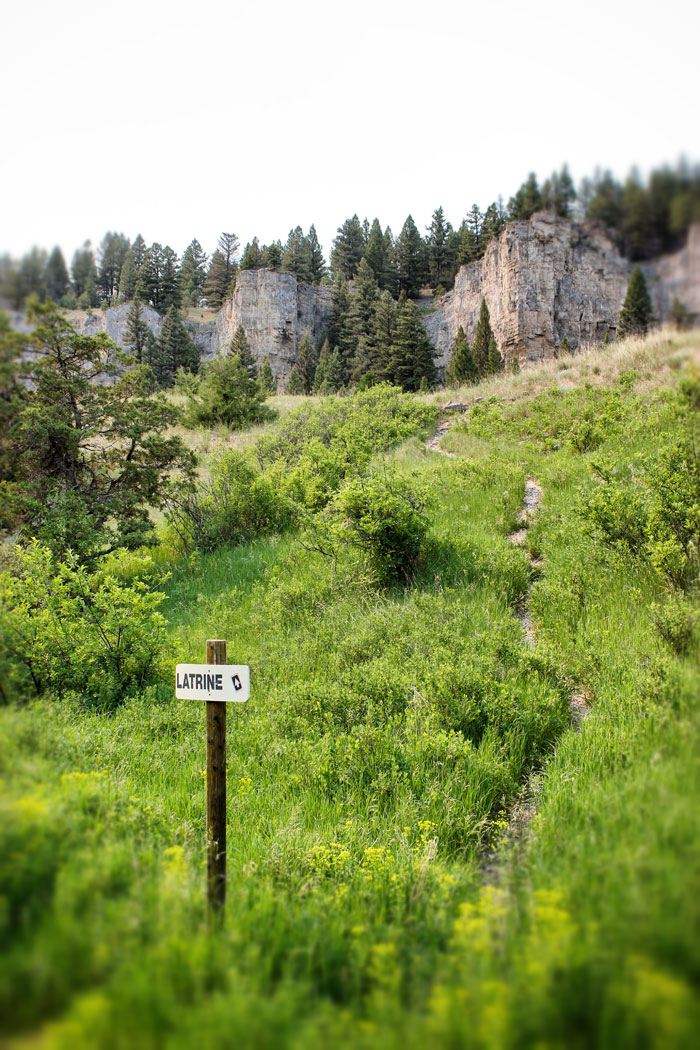
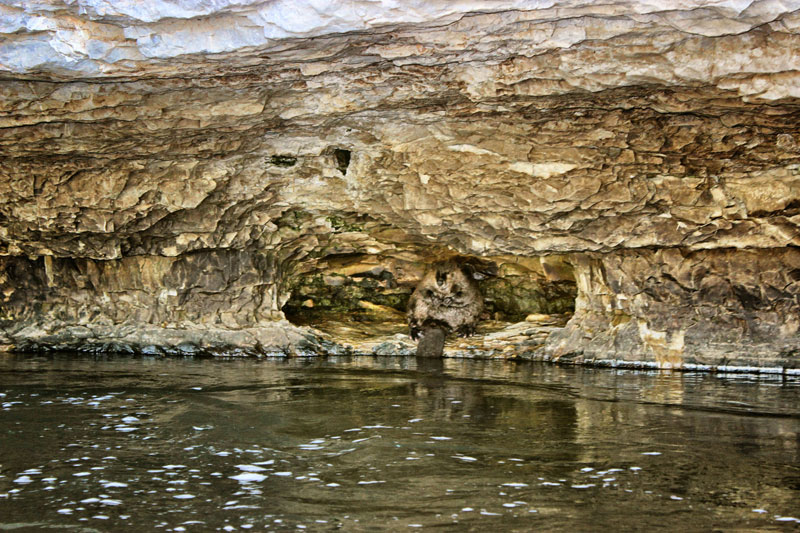
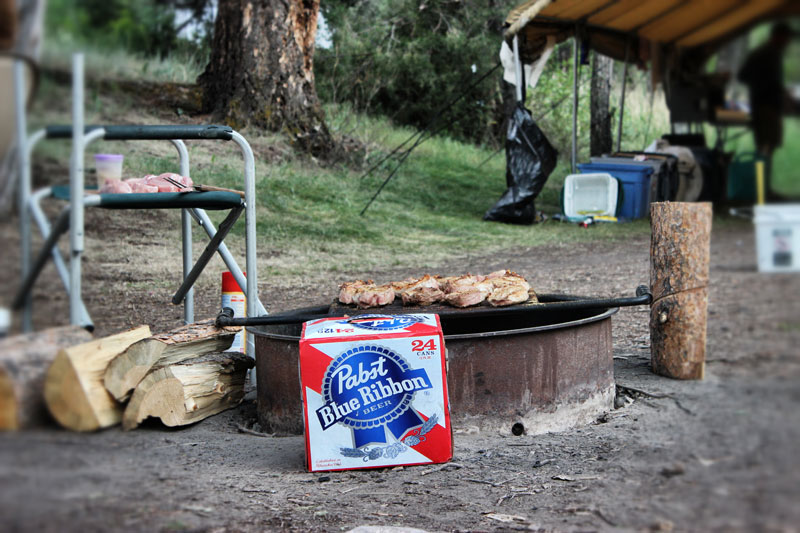

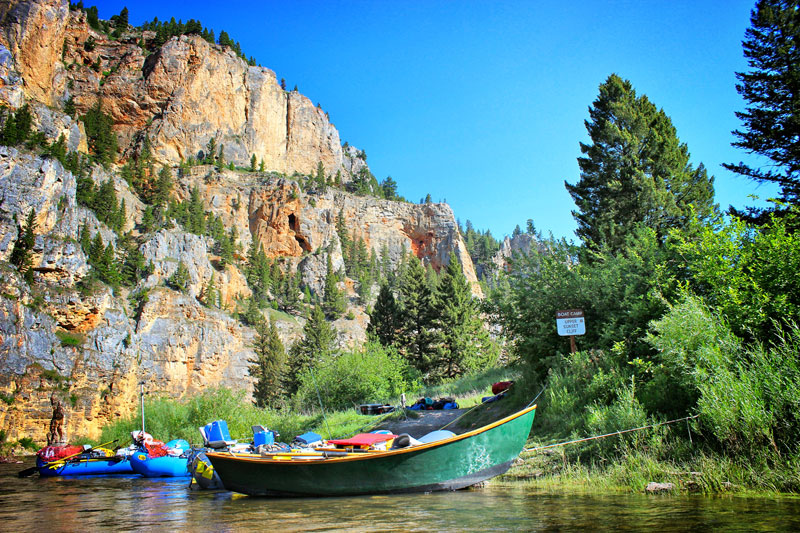
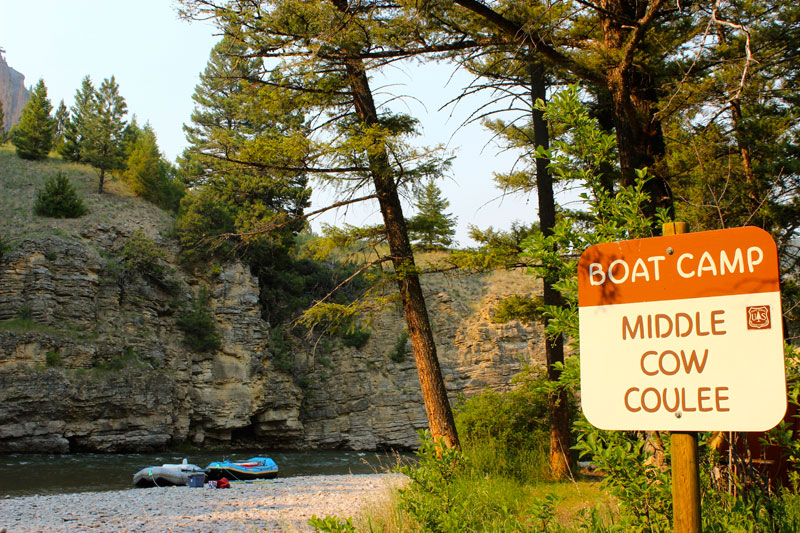
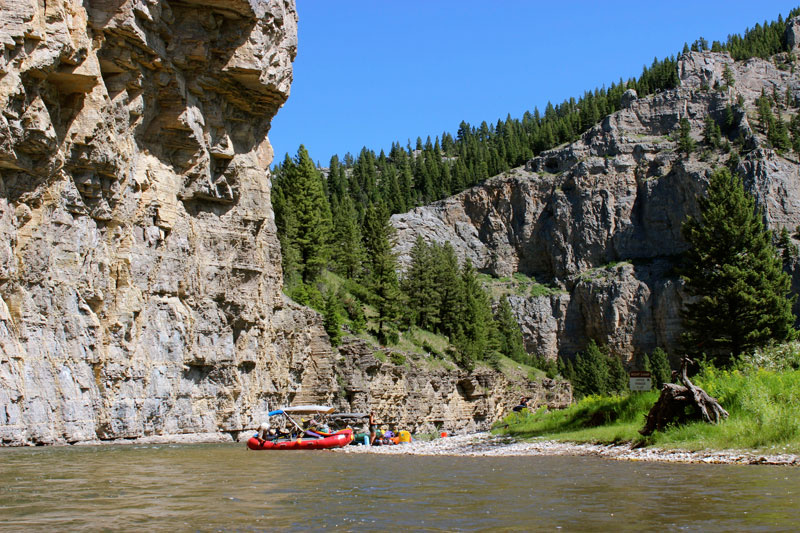

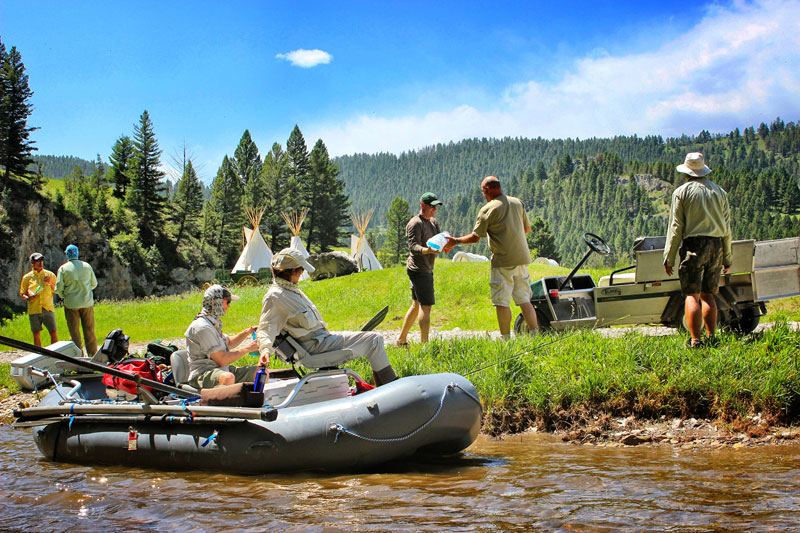
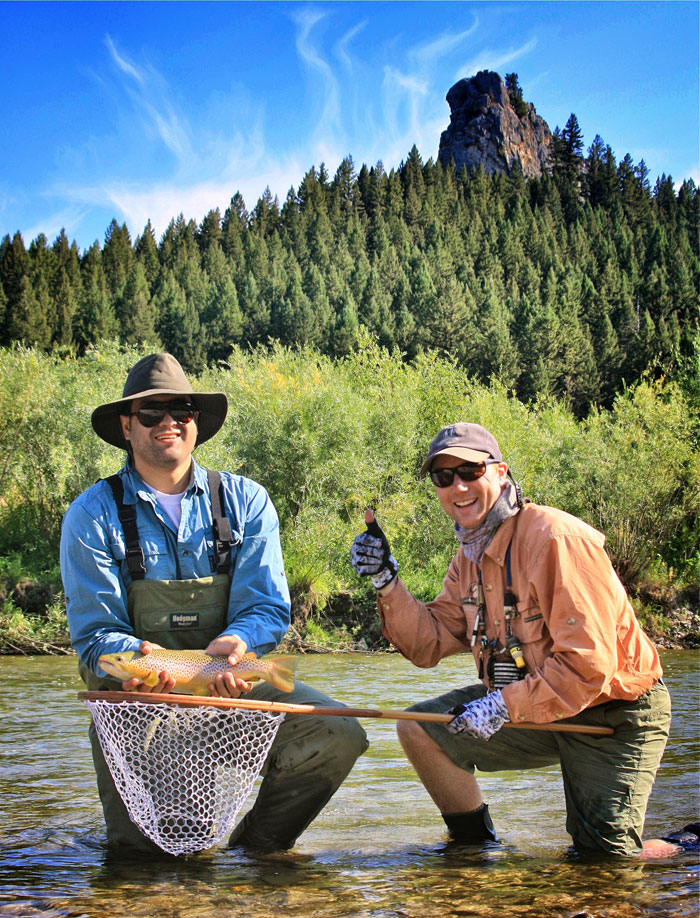


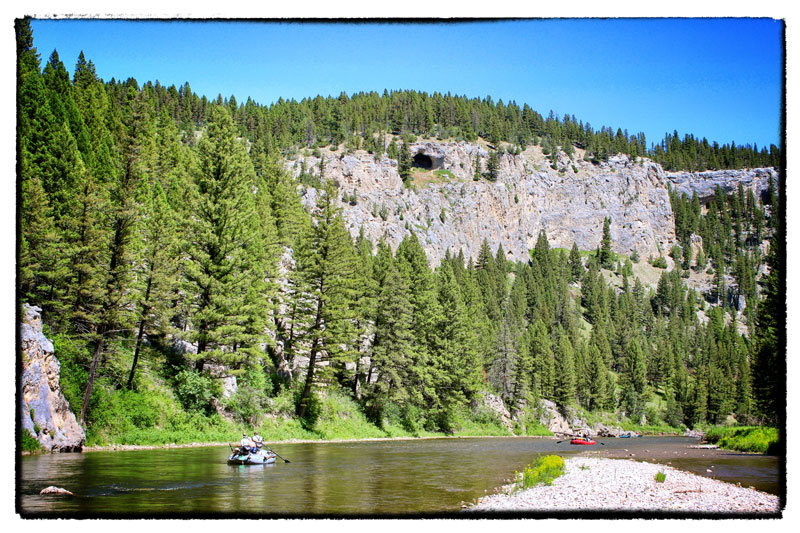
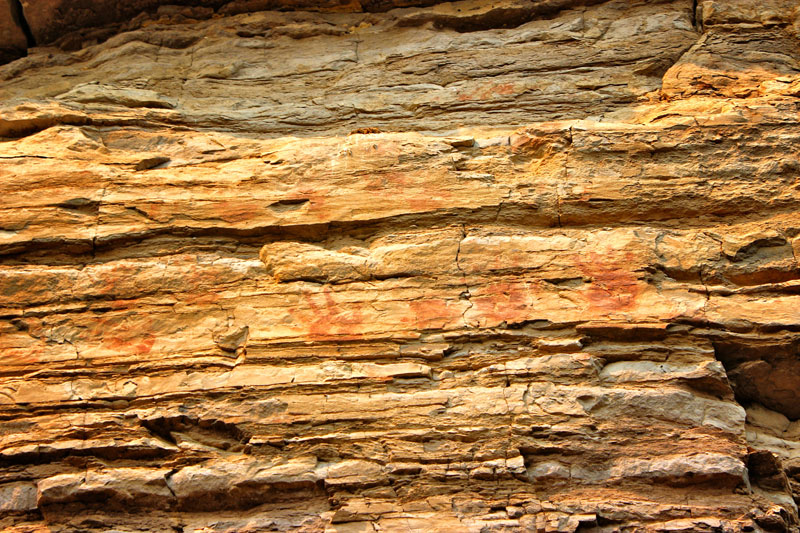
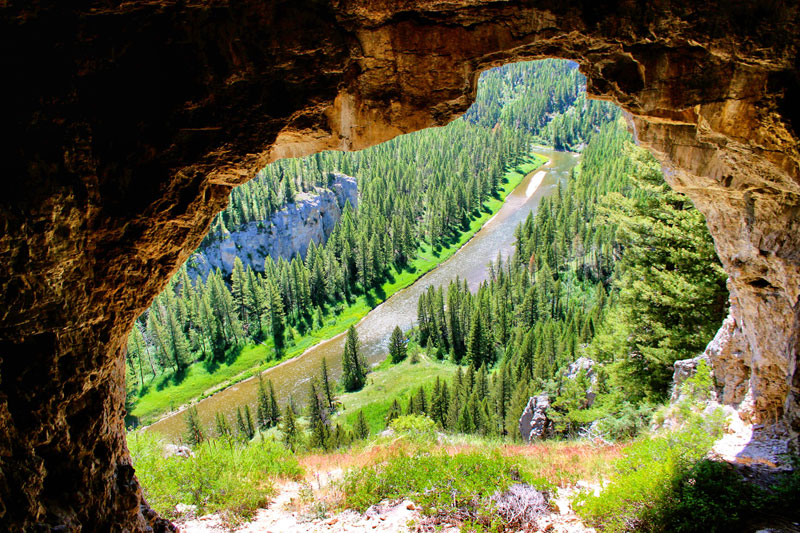
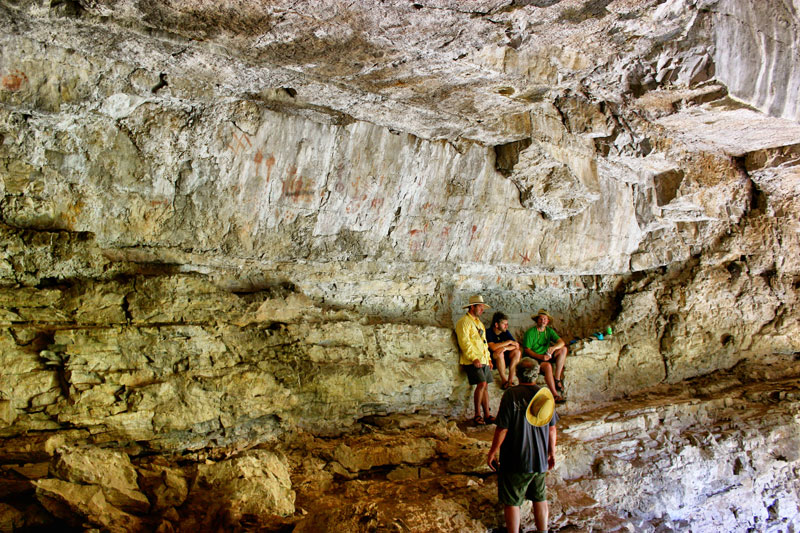
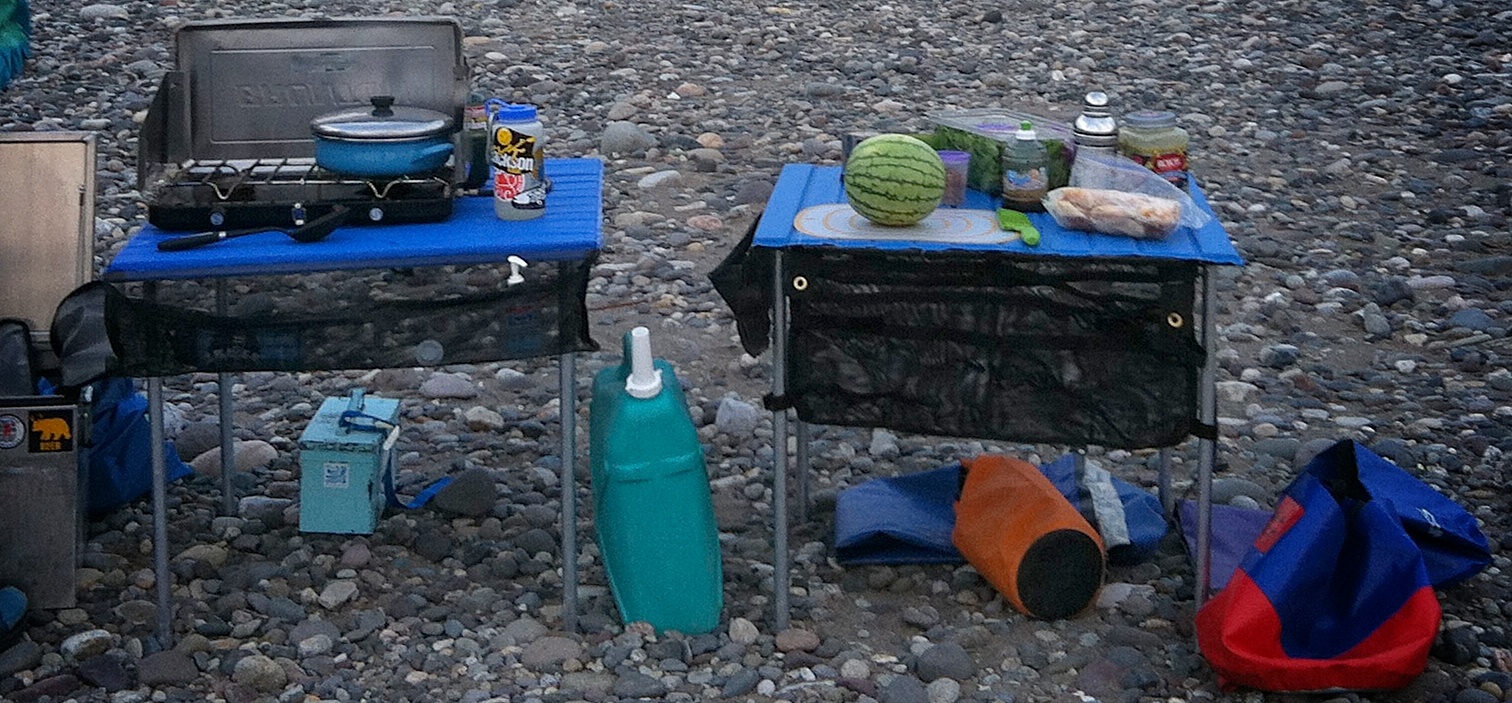
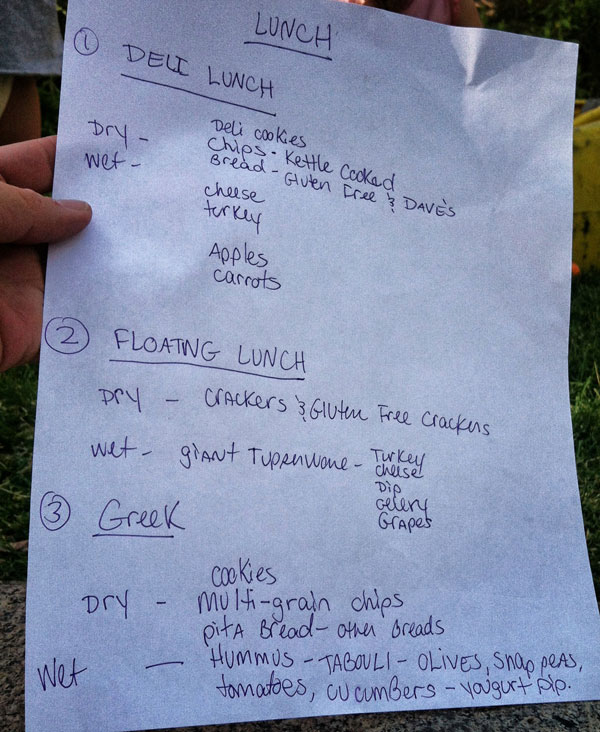



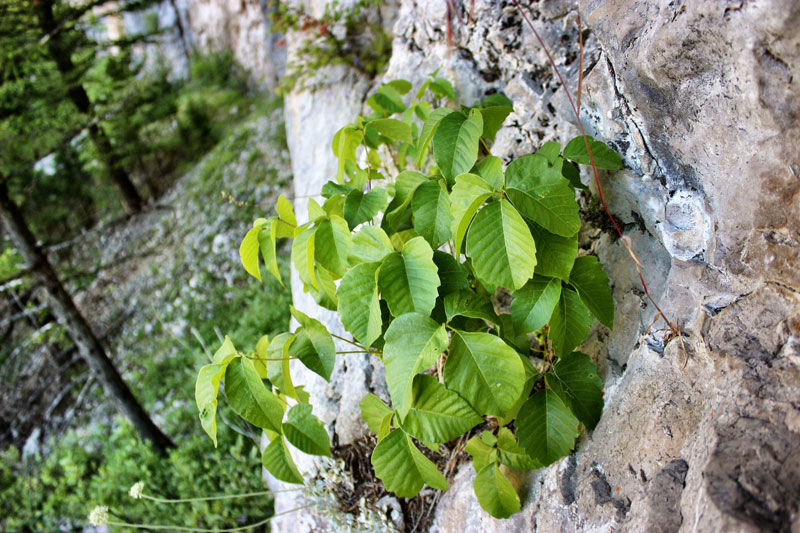
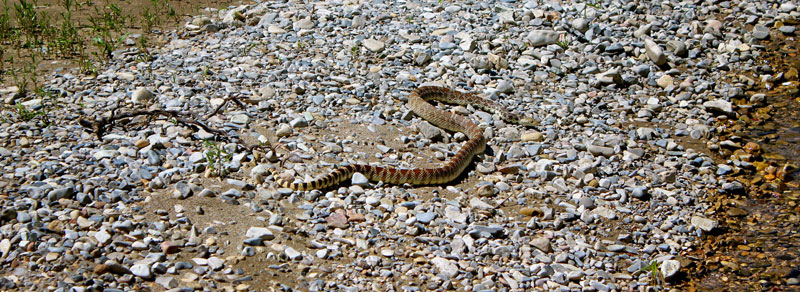
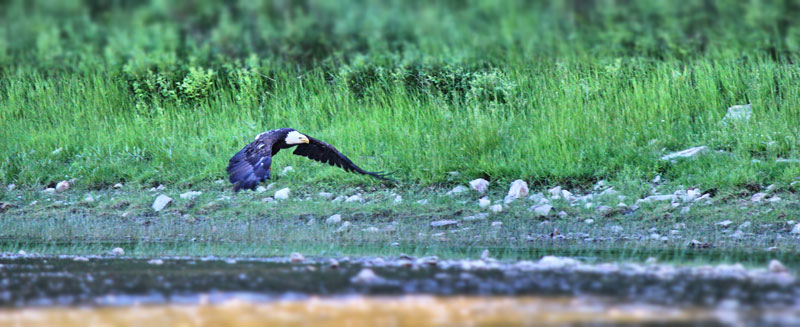
Loved the three part series. I have a permit for the last weekend in May. I have found your tips very helpful in planning mt trip
Beth, I’m so glad my posts have helped you. Have a great trip on this Smith River! Stop by the shop in Craig or Helena and tell us how it was. Happy adventuring!
This is a great Smith River resource! Very well written and informative! Badass photos by the way!
Thanks for the comments. Look forward to hearing and seeing pictures of your Smith River trip!
Never heard of the Majestic “Blad” Eagle… Lol. Great article…. I’m so ready for June!
Oops! I need a better proofreader.
Heading to Smith in two week and what a great blog….awesome information
Greetings! I’ve been reading your web site for a long time now and finally
got the courage to go ahead and give you a shout out from Austin Texas!
Just wanted to mention keep up the excellent work!
Hello Austin, Texas! Thank you for following us. We look forward to meeting you and helping you with a fishing adventure soon.
Stayed at the Heaven on Earth ranch last summer. My wife and I took some great horse rides. Caught one trout. Had a great time.
What a setting for that ranch! So glad to hear you enjoyed your time there on the Smith. Special river for sure.